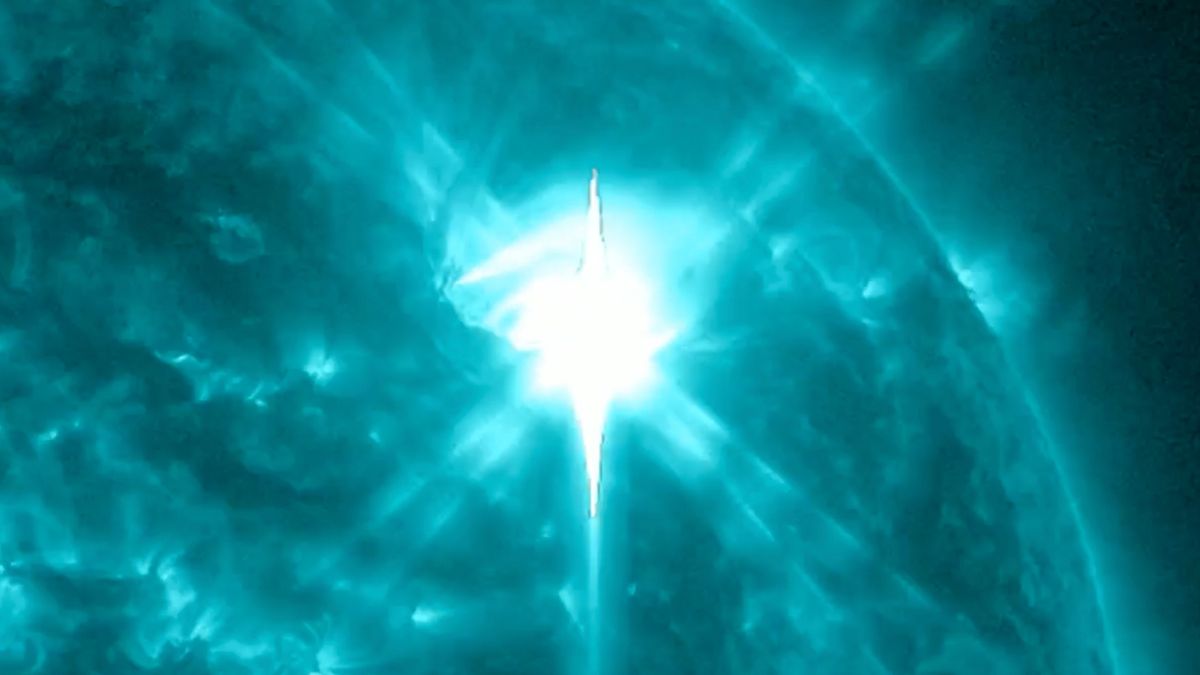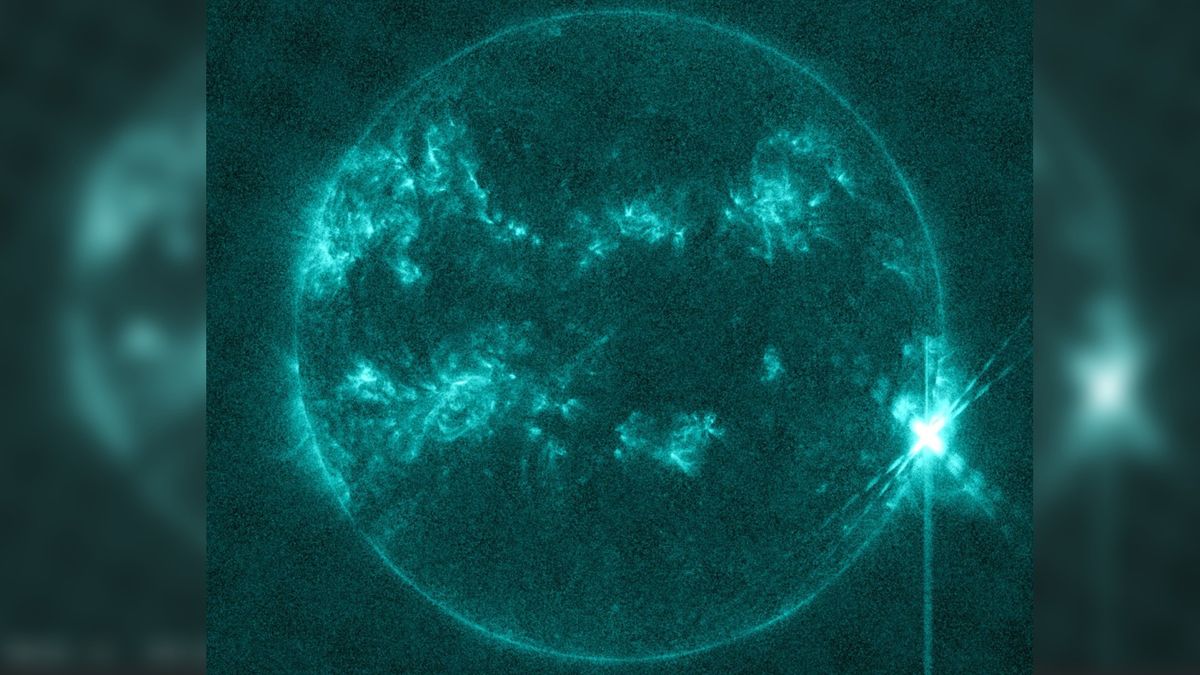Solar Activity Continues with Powerful Solar Flare
A recent sunspot region has exhibited continued activity, emitting yet another potent solar flare early Monday morning. The X4.5 solar flare reached its peak at 2:35 a.m. EST (0635 GMT) on May 6. This event led to temporary or complete loss of high-frequency (HF) radio signals in certain areas of Earth’s sunlit side, including regions across Asia, eastern Europe, and eastern Africa.
Series of Eruptions
This latest solar flare follows a series of eruptions from the active sunspot that commenced at the start of the month, causing shortwave radio blackouts in Australia, Japan, and much of China.
The most recent eruption, on May 2, was classified as an X-class flare, denoting the most powerful category of solar flares. Solar flares are categorized based on strength, with classes ranging from B-class, the weakest, to X-class, the strongest. Each class represents an increase in energy by a factor of ten, making an X-class flare 1000 times more powerful than a B-class flare. The X4.5 flare that occurred most recently is notably significant on the classification scale.
Radio Blackout Effects
For tracking the effects of solar flares on Earth, the “R” scale is used for radio blackouts, ranging from one to five. A higher number on the scale indicates more substantial impacts on Earth. The X4.5 flare resulting in an R3 classification signifies a “strong” event, showcasing remarkable energy release during the flare.
According to NOAA’s Space Weather Prediction Center, sunspot regions 3663 and 3664 are predicted to remain active until May 8, with a likelihood of moderate to high levels of solar activity that may produce more flares, especially in the M and X classes.
Potential Impacts
Scientists are closely monitoring the possibility of a coronal mass ejection (CME) resulting from the recent solar eruption. A CME involves the expulsion of plasma and magnetic fields from the sun, which could lead to additional impacts on Earth such as disturbances in power grids, telecommunication networks, and satellites in orbit.
Noteworthy solar physicist Keith Strong observed a weak geomagnetic storm coinciding with the solar flare early Monday morning. However, it remains inconclusive at this juncture whether there is any correlation between the two events.
Image/Photo credit: source url





